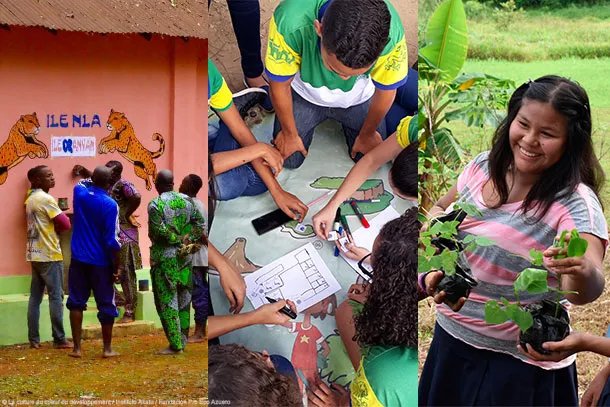Areas of Panama have been Taken over by Gangs in the Capital and Colón
Behind most of the violent crimes that shake urban life, there is a common cause: the territorial dispute over control of drugs and their local distribution.
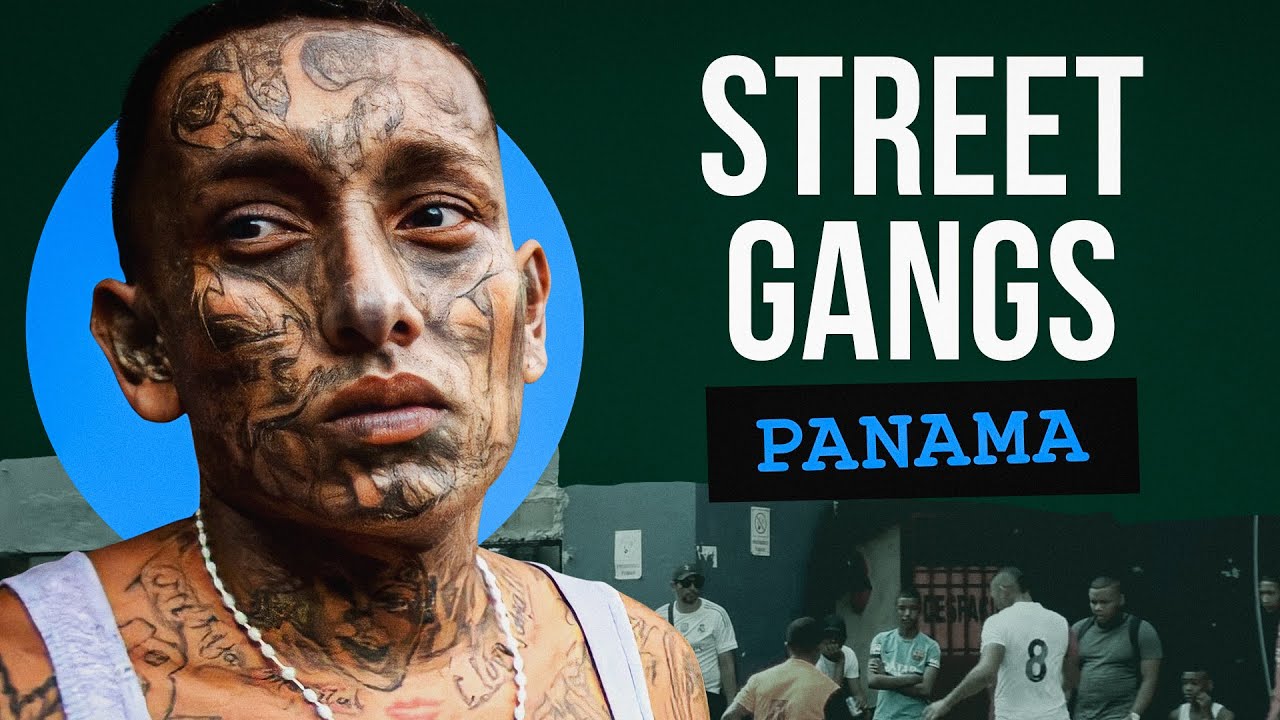
Panama faces a silent threat that extends through its streets, prisons, and suburban neighborhoods: at least 180 gangs and criminal groups are actively operating throughout the country, linked to micro-drug trafficking, homicides, extortion, robbery, and kidnapping. The director of the National Police, Jaime Fernández, recently presented a grim assessment to the Panama City Council: 90% of the homicides recorded in the country are linked to these criminal organizations.
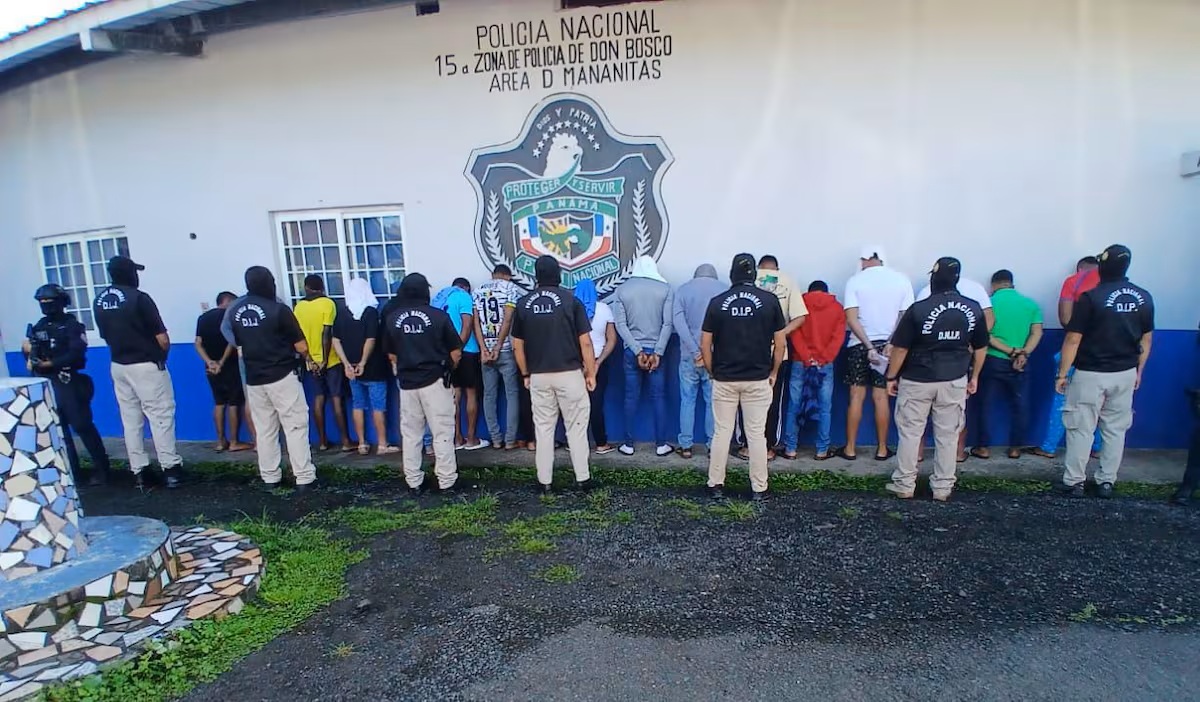
Panama has a significant street gang problem, with numbers increasing since the Panamanian Army’s disbandment in 1990. These gangs, many fueled by drug trafficking, often involve youths, with over 1,600 between 13 and 15 years old being affiliated. Government actions include police checkpoints and curfews for minors, but corruption and resource limitations hinder effective enforcement.

- Gang Presence:
Panamanian gangs emerged after a clash between college students and the US Army in the late 1950s, and their numbers have expanded since the 1990s.
- Youth Involvement:
A 2009 census indicated 108 street gangs, with many involving youths and drug trafficking. In 2025 the estimated number of street gangs has increased to 180.
- Government Response:
Police checkpoints, particularly during weekends, and curfews for minors are implemented, but these measures often focus on basic checks and are sometimes ineffective due to corruption and lack of resources.
- Drug Trafficking:
Drug trafficking is a major driver for many youth gangs, and Panama’s geographic location has made it a transit point for drug shipments from South America to the US.
- External Factors:
Foreign criminal groups, like the Sinaloa Cartel and BACRIM, are also active in Panama’s illicit markets.
- Challenges:
The Darien Gap, the jungle border with Colombia, presents challenges for security forces and law enforcement due to its porous nature and changing migrant routes. In 2012, Panama had a murder rate of 17.2 per 100,000 populations. There were a total of 654 murders in Panama in 2012.
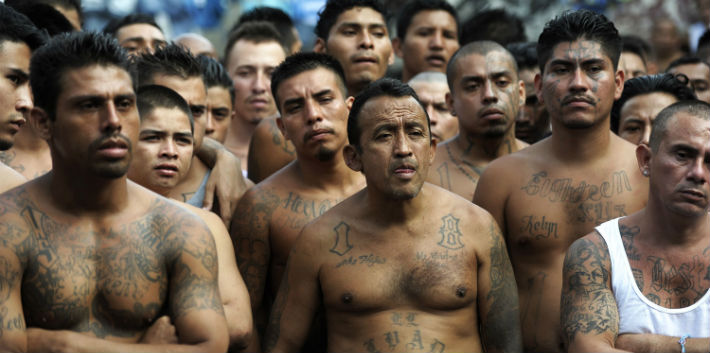
Kidnapping
Panamanian authorities conducted a study which indicates that almost 90 percent of express kidnappings are unreported due to the threat that thieves impose on the victim and relatives of the victim. The procedure of express kidnapping consist of abducting the victim and taking possession of valuables such as cellphones, watches, credit cards, cash and jewelry. Besides taking all of the victim’s valuables, the kidnappers make the victim withdraw money from different ATM locations. Once the kidnapper is satisfied, the abducted person is usually released. In other cases, the kidnappers may ask for ransom money for the release of the victim. This long process of kidnapping is slowly decreasing, since most kidnappers want a quick payoff without complicated negotiations with relatives.
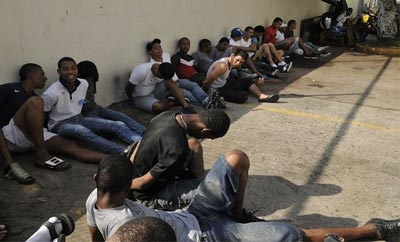
Illegal Drug Trade
In recent decades, (1980’s) has become an important connection for shipping narcotics to the US and other countries. The International Narcotics Control Strategy has reported that traffickers have smuggled narcotics through the country’s uncontrolled transportation system, such as airfields, coastlines, containerized seaports and highways. The FARC (Revolutionary Armed Forces of Colombia) has also contributed to the increase. Many of the FARC soldiers who seek shelter and refugee from Colombian Armed Forces cross the border between Darien and Colombia. Since the FARC arrived in Panama, drug trafficking has significantly increased. Waterways are being watched carefully by the Panamanian Naval Forces, but the FARC has adapted ways of smuggling narcotics across Panama by land. Panama’s involvement in drug trafficking began as early as the beginning of the 20th century, when opium was trafficked through the Panama Canal on its voyage from Asia to Europe. In the 1960s Panama’s involvement with drug trade was its production of cannabis, but by the 1980s it became one of the transit points for the drug trafficking of cocaine from South America to the United States thanks to its shared border with Colombia.
Robbery
Robberies prevalent in Panama include armed robberies and muggings.
Domestic Violence
Domestic violence in Panama is a serious problem and remains underreported. Domestic violence, including spousal rape, psychological, physical, and economic abuse, is criminalized. Panama enacted Ley No.38 del 2001 against domestic violence. In 2013, the country enacted Law 82 – Typifying Femicide and Violence against Women (Ley 82 – Tipifica el Femicidio y la Violencia contra las Mujeres) a comprehensive law against violence against women.
Corruption
This section is an excerpt from Politics of Panama and Corruption. Panamanians have been working to root out the after-effects of several decades of military rule since the country’s return to democracy in 1989. In 2020, it was reported that Panama loses approximately 1% of its GDP every year to corruption, including government corruption.
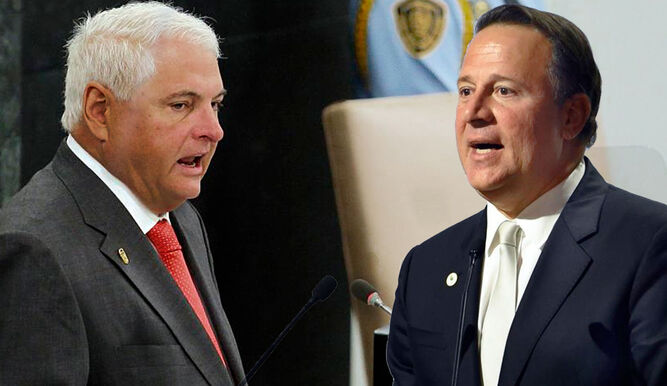
However, the country is working to improve its democracy, and in July 2020, two ex-presidents of the country pictured above (Ricardo Martinelli left and Juan Carlos Varela right) were questioned over their involvement in the Odebrecht bribery scandal. Martinelli was eventually released after being found not guilty, but was subsequently re-arrested on charges of money laundering. Two sons of Martinelli (Luis Enrique and Ricardo Alberto Martinelli pictured below) were also charged with bribery and money laundering by the United States.

In August 2020, Panama joined forces with the United States to form a joint task force to root out money laundering. However, despite the work being done, much still remains to be accomplished, and the International Trade Administration note that corruption remains the largest hurdle for businesses wanting to invest in the country.
By Location
Based upon reported incidents by local police, the high-crime areas around Panama City are San Miguelito, Río Abajo, El Chorrillo, Ancón, Tocumen, Pedregal, Curundu, Veracruz Beach, Panamá Viejo, and the Madden Dam overlook. In its 2015 report, the US State Department cited the more dangerous areas of Panama City are: Panama Viejo (the neighborhood, not the park itself), Cabo Verde, Curundu, San Miguel, Marañon, Chorillo, Barraza, Santana, Monte Oscuro, San Miguelito, Ciudad Radial, San Cristobal, San Pedro, Pedregal, San Juaquin, Mañanitas, Nuevo Tocumen, 24 de Diciembre, Sector Sur Tocumen, Felipillo, Chilibre, Caimitillo, Alcalde Diaz, and Pacora.
Crime Dynamics – Street Gangs
The Panamanian gangs appeared in the late 1950s after a group of local college students forcefully attempted to gain access to an American Army Post, Ft. Amador, and were shot and killed. The gangs have increased in numbers since the Panamanian Army was disbanded in 1990 due to the United States invasion of Panama. A 2009 census reported that there are about 108 street gangs. More than 1,600 youths between the ages of 13 and 15 are affiliated with youth gangs. Most of the youth gangs are fueled by drugs.
Government Action
Police checkpoints have become commonplace during weekends on roads in between cities. However, most are simply driver’s license and plate checks.
Curfews
Panamanian authorities have adopted a curfew policy for youths under 18 years of age. Students who are attending night classes must carry a permit or identification card, provided by the school or an official certified person. Youths under 18 who are caught without them are subject to detention at a police station until they are released to their legal guardians. A fine around $50.00 is issued to the legal guardians if the youth is apprehended for the first time.

Curfews consist of special strategic checkpoints around the main streets in Panama. Each person inside a vehicle must carry an identification card or be accompanied by their legal guardians. Authorities have helped slowly decrease the amount of unattended youth loitering around the streets. Most thefts and kidnappings are carried out by minors.


